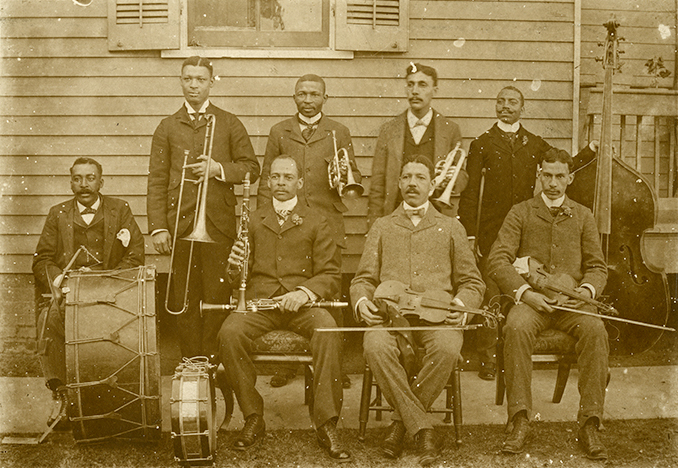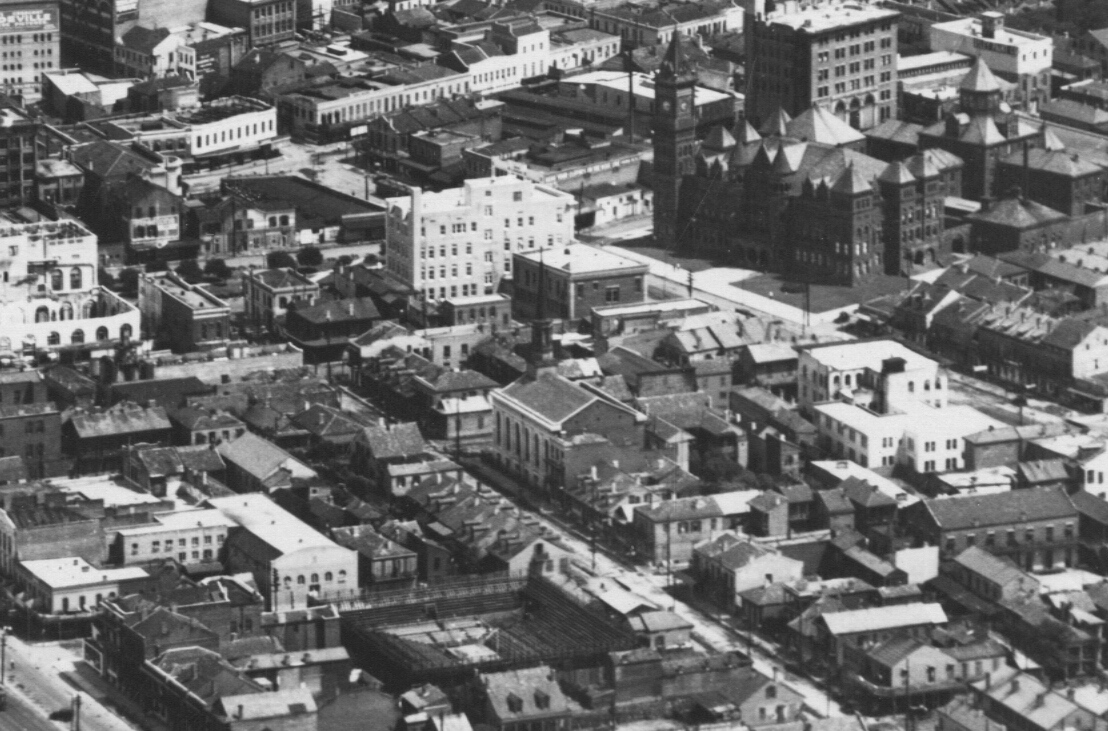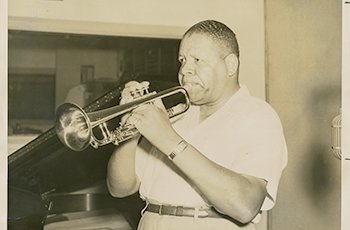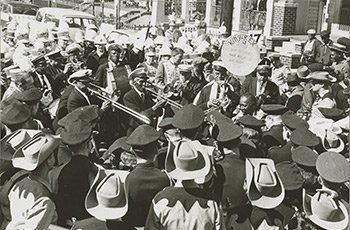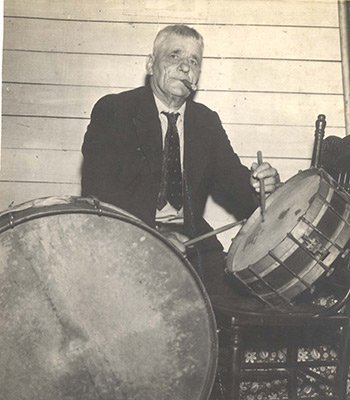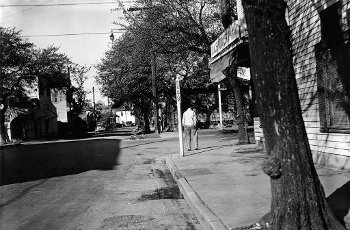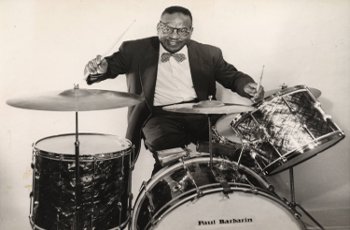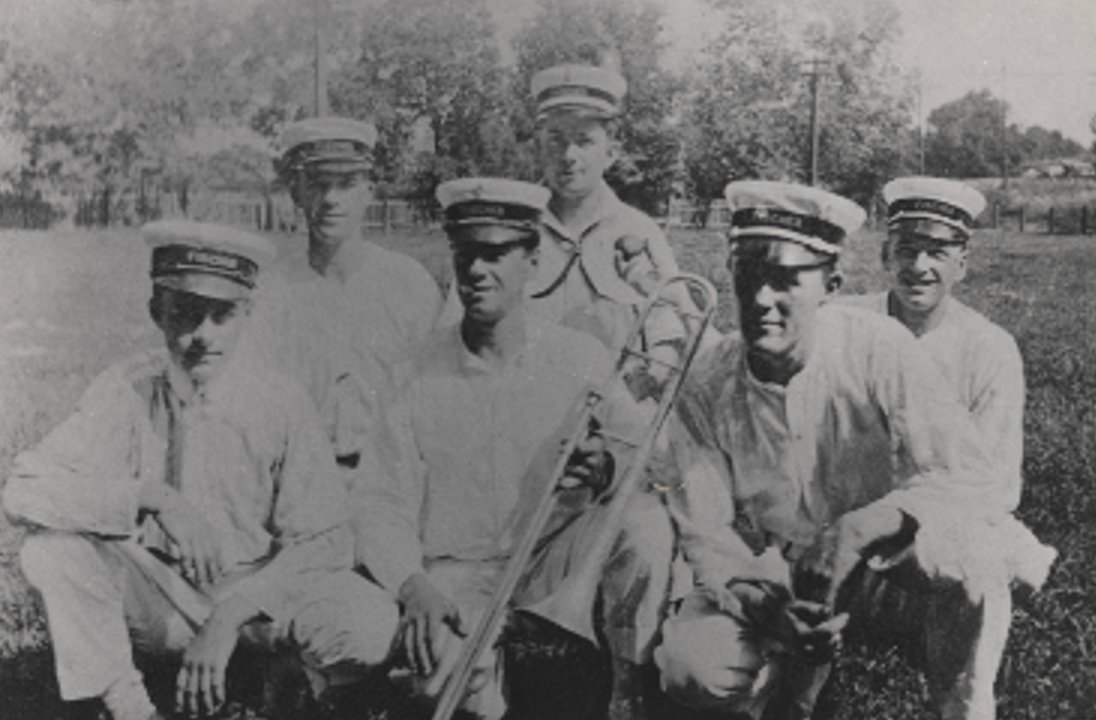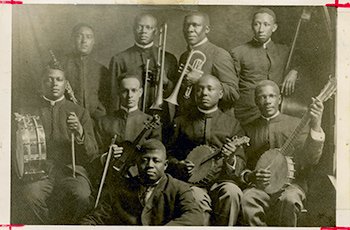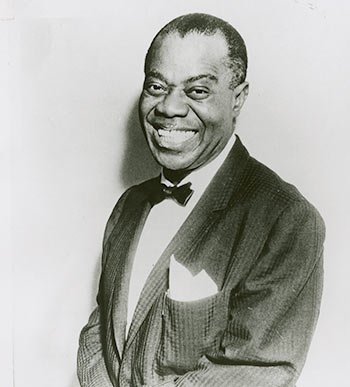New Orleans’ most famous son is honored in one of the city’s busiest places: Louis Armstrong International Airport. But those who want to delve a little deeper into Armstrong’s life in the city of his birth have to be a bit more intrepid than just passing through the airport’s gates.
As journalist James Karst succinctly put it, New Orleans is “a city where efforts to preserve jazz landmarks have often lagged behind the cold efficiency of development.” In 1964, the city demolished the house where Armstrong was born, along with the rest of the neighborhood, to make room for the Municipal Court building. Today, a small plaque marks the spot of Armstrong’s birthplace. It’s one of more than 65 plaques installed by the Preservation Resource Center at the homes — or sites of former homes — of the city’s most influential jazz musicians. Since the 1990s, the PRC has worked to identify, save, renovate and acknowledge the residences of musicians who contributed to America’s original musical art form.
Individually, the plaques provide a brief biography of each musician, a life boiled down to a highlights reel, brief enough to fit on a 16-inch-by-20-inch marker. Collectively, though, they tell a much more nuanced story, revealing a physical connection to the place that helped shape the sound — the porch where a musician sat as she worked out a new song, the stoop where another practiced his horn, and the street noises that provided a soundtrack to their lives.



